This article will begin a nine-part series on the Dyad and its associated arithmetic, geometry and symbolism.
Psychiatrist Karl Menninger (1893-1990) said, “In the Two we experience the very essence of number more intensely than in other numbers, that essence being to bind many together into one, to equate plurality and unity.”
The Fundamental Principles of the Dyad
“Unity is the evident whole of life, duality its pulsating expression.” ~ Keith Critchlow

The fundamental principle of the Dyad is Polarity. Polarity is the existence of a pair of distinct but equal opposites that seek to unite in an urge to return to unity.
What is important to realize is that these are not actually opposites, but merging tendencies, yearning to be reunited and balanced. Christopher Bamford states: “Every power in nature and in spirit must evolve an opposite as the sole means and conditions of its manifestation: and all opposition is a tendency to reunion.”

This was called dinergy by Gyorgy Doczi. Dinergy is the “energy-creating process that transforms discrepancies into harmonies by allowing differences to complement each other.”
The all-inclusive, unspeakable, absolute Unity of the Monad is here fused with an unlimited power of Multiplicity. This unique circumstance has bestowed illusion and paradox upon every aspect of creation.
The principle of polarity, then, becomes the Principle of Identity.
Polarity accounts for the Basic laws of Attraction and Repulsion:
- Magnetism
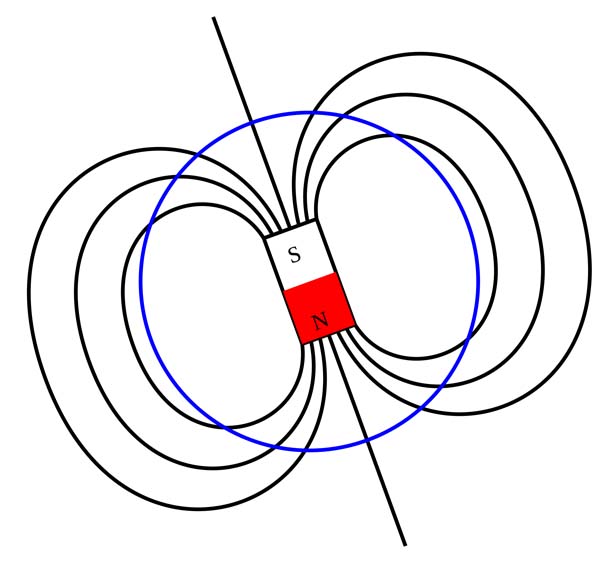
- Electricity

- Consciousness
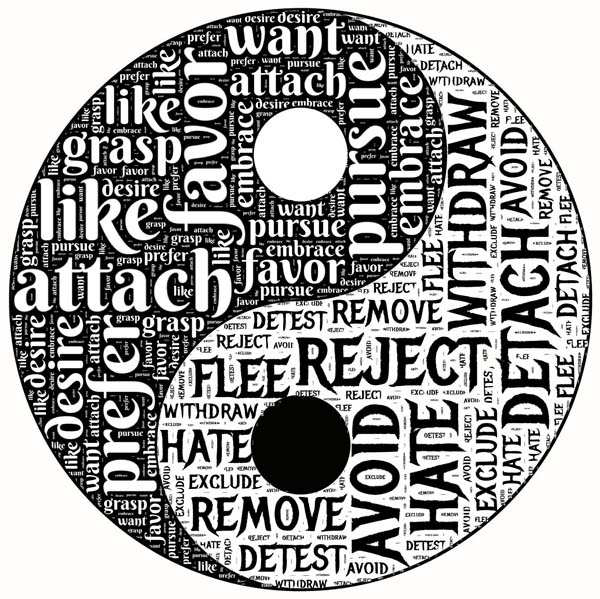
Atomic Number 2 = Helium
Helium is the second most abundant element in the universe. “Helium is so light that Earth’s gravity is not strong enough to hold on to it. When helium atoms are released into the atmosphere, they rise until they escape into space.
At temperatures close to absolute zero helium condenses to a liquid with amazing properties – the properties of a super-fluid, flowing with zero friction up and over the walls of containers.”1
Atomic Number 20 = Calcium
Calcium is the most abundant metallic element in the human body. Only oxygen, carbon, hydrogen and nitrogen are more abundant in our bodies than calcium. “Calcium ions are the most important messengers between cells in living things and are absolutely vital for the existence of multi-cellular life forms.”2
Atomic Number 22 = Titanium
Titanium is the ninth most abundant metal in the Earth’s crust. “Titanium’s corrosion rate is so low that after 4000 years in seawater, corrosion would have only penetrated the metal to the thickness of a thin sheet of paper.”3
The Dyad: 2
The Dyad stands for: Duality, Twoness, Otherness, and Separation.
It is the otherworldly shadow – opposite, polarized, and objectified.

Ancient Greeks called it audacity for its boldness in implying a separation from the original wholeness. They also called it: falling short, the lie, illusion, anguish & distress (due to its inevitable yearning to return to unity).

Arithmetic Properties of the Dyad
Two (2) is the first even, female number.
1 + 1 > 1 x 1 – The Unique
2 + 2 = 2 x 2 – The Door
3 + 3 < 3 x 3
4 + 4 < 4 x 4
5 + 5 < 5 x 5…etc. – The Many
The Two is the only case where the addition of a number to itself yields the same result as it does multiplying by itself.
2 + 2 = 2 x 2.
Two represents a balancing point between unity and all subsequent numbers, between One and the Many.

All multiples of 2 will end in 0, 2, 4, or 8.
2 is the smallest and first prime number.
It is the only even prime number – “the oddest prime”.
The next prime is 3.
2 and 3 are the only consecutive prime numbers.
2 is the third Fibonacci number and the first Fibonacci prime.
The square root of 2 was the first known irrational number.
Divisors of 2 : 1, 2
Powers of Two
22 = 4
23= 8
24=16
25=32
26=64
27=128
28=256
29=512
210=1024

The Theology of Arithmetic – Iamblichus
Now we will take a look at the meaning of the Dyad as prepared by Neoplatonist philosopher, biographer of Pythagoras, Greek mystic and mathematician Iamblichus (245-325 AD).
The Dyad is the source and foundation of the diversity of numbers.
It is also the source of multiplication and division.
The Dyad is likened to courage, for it has already advanced into action.
It is called daring and impulse.
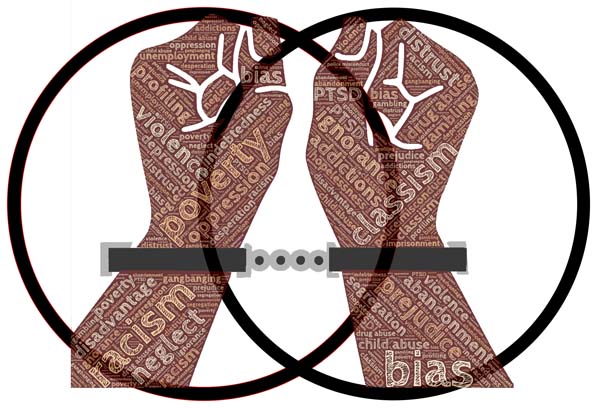
It is given the title of ‘opinion’ because truth and falsity lie in opinion.
It is called: movement, generation, change, division, length, multiplication, addition, kinship, relativity, and the ratio in proportionality.
It is considered to be the cause of things changing and altering, while the Monad is the cause of sameness and unchanging stability.
It is the first to have separated itself from the Monad.
The dyad is perpetually subordinate to the Monad, as matter is to form.
The dyad steals in and manifests separation.
It is the cause of things which are altogether dissimilar.
It instills limit and gives form (number) to the triad.
The dyad seems to admit destruction and to admit return journeys which are different from its outward journeys.
The dyad is the mean, and will admit the properties of both at once, as it occupies the mid-point between each.
The mean between what is greater and what is smaller is what is equal.

Equality lies in this number alone because the product of its multiplication is equal to the sum of its addition.
It is also called deficiency and excess, and matter.
It is devoid of shape and form and any limitation, but is capable of being limited and made definite by reason and skill.
The first manifestation of length is in the dyad [the line], based on the Monad as a point.
The Dyad alone cannot be divided into unequal parts.
When it is divided into equal parts, it is completely unclear to which class (odd or even) its parts belong, as it is like a source.
It is also called “Erato” for having attracted through love the advance of the Monad as form.
It is the very first to have endured separation, therefore it is called anguish, endurance and hardship.
It is also called justice – it alone does not admit division into unequal parts.
It is also called Nature, since it is movement towards being and a sort of coming-to-be and extension from a seed principle.
The Monad and Dyad generate and are generated by each other, destroy and are destroyed by each other.

“Many terms refer to aspects of the pattern-forming process of the union of opposites, but strangely enough none expresses its generative power,” writes Gyorgy Doczi in The Power of Limits. “Polarity refers to opposites but without the indication that something new is being born. Duality and dichotomy indicate division, but do not mean joining. Synergy indicated joining and cooperation, but does not refer specifically to opposites.
Since there is no adequate single word for this universal pattern-creating process, a new word, dinergy, is proposed. Dinergy is made up of two Greek words: dia- ‘across, through, opposite,’ and ‘energy’.”
The Balance of the Dyad
Symbolically, “two” acts as an intermediary, a transition, a door or portal between the Monad and all the rest of the numbers.

Twoness is the hole or lens through which unity becomes and balances with the Many.
The Dyad is thus the doorway between the One and the Many.
Ancient Egyptian thought says “The entire universe exists between the number One and the number Two.” And “It is only the multiplicity that can reveal the Unity.”
As Plato writes in Timaeus 37d, “[The creator] determined to make [the creation] a kind of moving likeness of eternity, and so in the very act of ordering the universe he created a likeness of eternity, a likeness that progresses eternally through the sequence of numbers, while eternity abides in oneness.”
This takes us back to the concept that the metaphysical aspect of reality is a unified divine consciousness (The One), and the physical reality is one of seeming difference and separation as it progresses eternally through the sequence of numbers (or the experiences of the individualized aspects of the One).
The Power of 2 – Geometric Progression
The power of 2 refers to a number of the form 2n, where n is an integer.
This results in the geometric progression of doubling (the powers of two we saw above) or:
2, 4, 8, 16, 32, 64, 128, 256, 512, 1024, 1048, 4096, 8192, 16384, 32768, 65536, 131072, 262144, 524288…etc.
Each term is found by multiplying the previous term by 2.
Infinite Geometric Series Converging to 2
The diagram below shows the reciprocal process of doubling which we saw above. This is the infinite geometric series 1 + ½ + ¼ + 1/8…which converges to 2.

The Dyad and the Octave
The process of doubling or the Power of 2 shows how intimately the dyad and octave are related.
The octave (8) is built upon the Dyad.

The octave is a process of 8 seamless stages. It renews itself upon reaching the 8th step, where 1 becomes 2, or you enter a new octave.
The octave contains the inherent process where Halving = Doubling. This is a division from within itself that produces double itself.
Halving = Doubling is an extremely important principle of the octave.
It is seen in music:
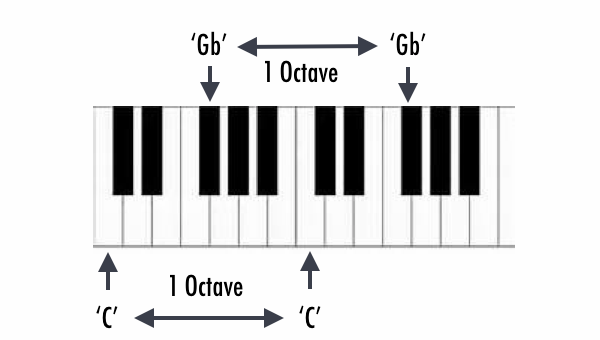
In the electromagnetic spectrum:

and cell division (mitosis):

The octave ratio is 1:2.
If a string length equals C, then half the string length will equal C one octave up.
Thus, Halving = Doubling, or half a string length will equal twice the string. If a string is a C, you then halve the string by plucking only half. This will be a C one octave up, or the C doubled.

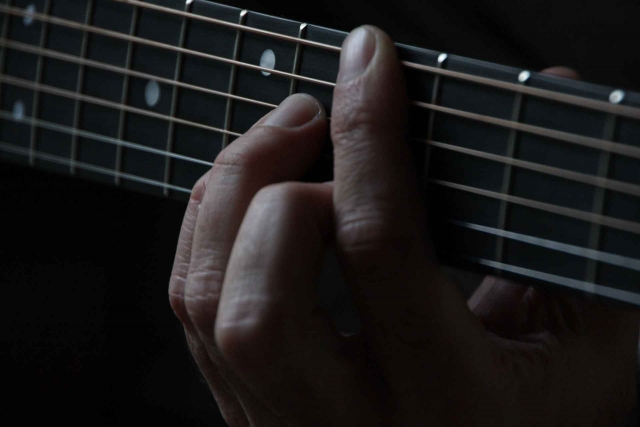
Recent Comments